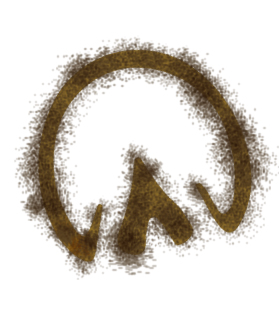Hay Everyone!
It’s been a while since I set out on an investigative journey. I decided it is once again time to break out my sleuthing skills. What fun and exciting topic will we explore this week? Microchipping! Do you know what microchipping is? How about why we might use a microchip? Don’t fear. If you don’t know the answers, I’ll fill you in on everything I learned in my investigation.
According to an article by Dr. Tom Lenz on the website for the American Association of Equine Practitioners a microchip is a form of permanent identification. This means it can be used to reliably identify a horse anytime after the chip is implanted. Dr. Sandra Strilec, a veterinarian with the New Jersey Department of Agriculture, elaborated in our communication, “A microchip is a superiorly reliable identification as it lasts for the horse’s lifetime and does not fade like tattoos and brands can.” The microchip itself is small. Only the size of a grain of rice. I might need to break out my magnifying glass to be able to find it! That’s why we call it a microchip. In case you were wondering, micro means very small. That’s also where we get the word microscopic from.
The microchip is implanted in the horse’s nuchal ligament, halfway between the horse’s poll and withers. Based on my perusal of the anatomy textbook in our office, the nuchal ligament runs along the top of the horse’s neck from the poll to the withers. When a microchip is implanted, a local anesthesia is given to the horse first, which numbs the area where the microchip is going to be implanted. The veterinarian then uses a large needle (eek!) to place the microchip in the ligament. And that’s it! Sounds pretty simple, doesn’t it? Dr. Strilec says “Administration of a microchip is a routine, simple, and very safe procedure completed by licensed veterinarians. The procedure is minimally invasive and can be considered similar to administration of an injection.” Based on all this information, I’d say getting a microchip is no big deal.
It’s great that it sounds pretty easy to give a horse a microchip, but how does it work afterwards? Well, the chip can store the horse’s identification number. Each horse has a unique number. A scanner can then be run over the horse’s neck and used to read the number on the chip. This number is then used to confirm the identify of or identify the horse. This number can be linked to other information and records on the horse. For an example, the identification number could be linked to the horse’s health records and vaccination status. The microchip number is also associated with its current owner. Dr. Strilec points out that a microchip “is an important part of horse owner’s emergency and disease preparedness strategy. Microchipping offers traceability to identify a lost horse with its appropriate owner. In times of natural or man-made disaster, displaced animals, or even theft, the data provided by scanning a horse’s microchip gives indisputable ownership information and can help reunite the pair. It is vital for owners to maintain the microchip’s database with accurate address and telephone contact information.”
For some horse owners, microchipping their horse is optional. Some horses are required to be microchipped, though. In 2017, the Jockey Club started requiring registered Thoroughbreds to be microchipped. So if you own a registered Thoroughbred, born after 2017 it has a microchip. Pretty cool, huh? Similarly, the United States Hunter Jumper Association and International Federation for Equestrian Sports (FEI) require horses registered and competing with these organizations to be microchipped. The United States Trotting Association has also started microchipping Standardbred horses. Their plan is to require microchips for all horses competing in harness racing in 2022 and after. If your horse doesn’t belong to an organization requiring microchipping, you don’t have to get it a microchip. Based on my investigation, however, it seems it might still be a good idea to microchip your horse. It is a means of permanent identification, which can be used to recover a lost or stolen horse. It is also relatively inexpensive.
Hopefully, you have learned a little something about microchipping! I’m not sure I want to have a big needle stuck in my neck, but it might be necessary someday. I’ll comfort myself with a big stack of doughnuts afterwards.
Until Next Time.
Your Friend,

Lord Nelson
